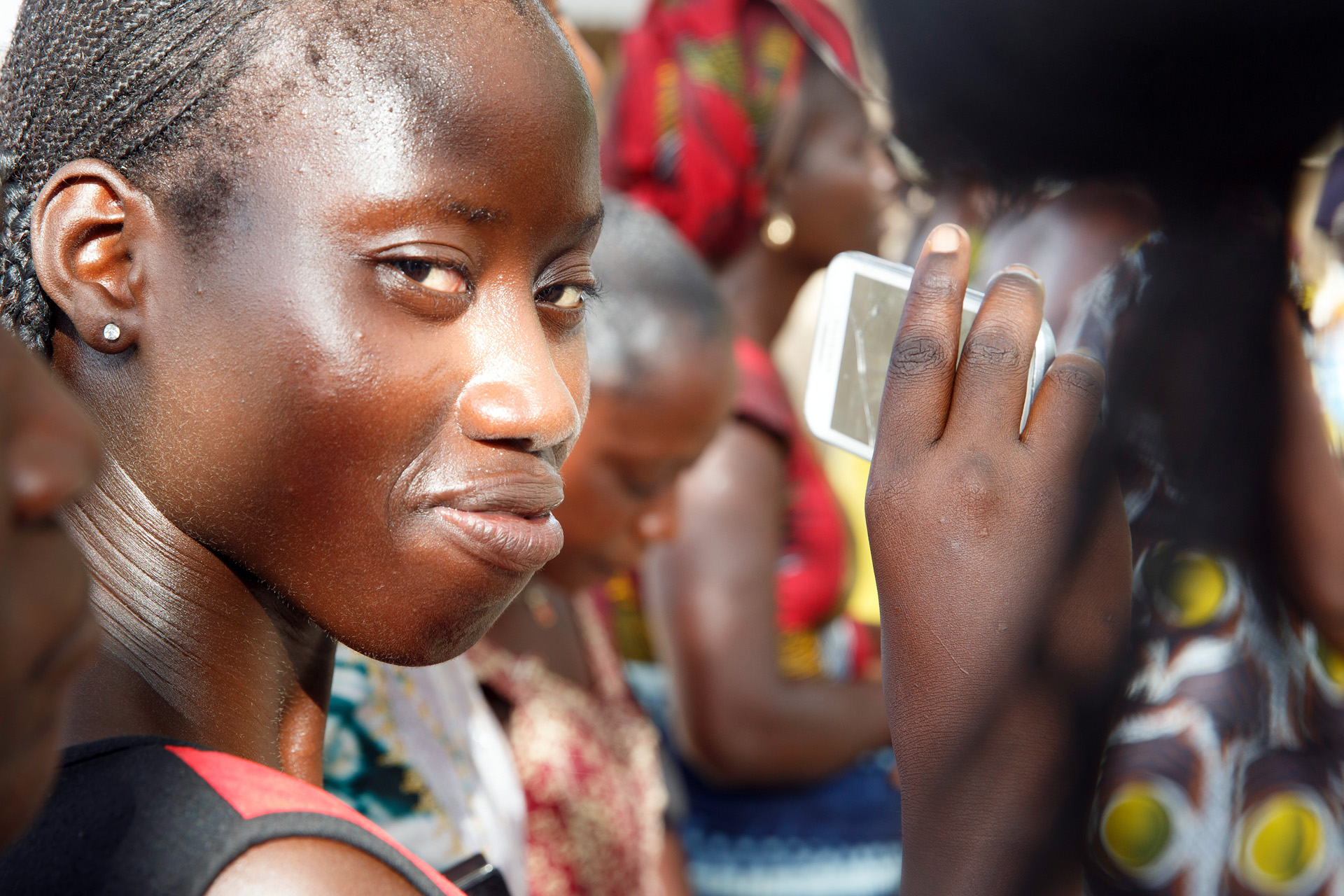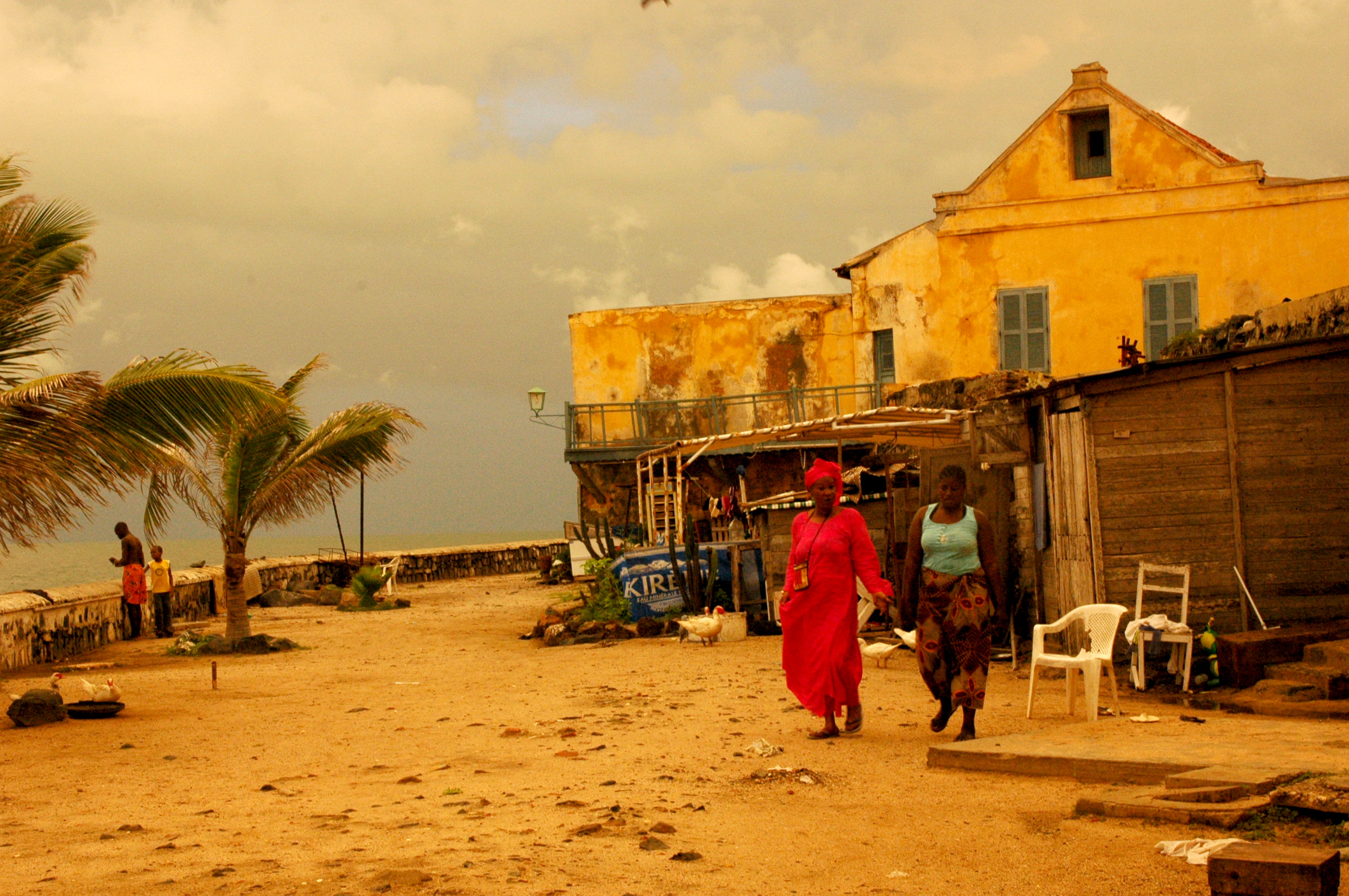Social situation Poor conditions are causing rural exodus
A young woman in Senegal
The food situation has deteriorated again in recent years. According to the UN Food and Agriculture Organization (FAO), about half of the people were affected by food insecurity in 2021. There is a significant development gap between the capital, Dakar, and rural regions.
The situation has become even worse with the COVID-19 pandemic and the war against Ukraine. Previously, Senegal imported about 60 per cent of its wheat and almost 50 per cent of its fertiliser from Russia. Disrupted supply chains, rising world market prices and higher transport costs for alternative imports are driving up the cost of living.
Education and health
There are also deficits in the field of health and education services. According to World Bank figures, the illiteracy rate among adults was more than 40 per cent in 2022. Less than three-quarters of school-age children attend primary school, and less than 60 per cent complete primary school.
Health services are totally inadequate, especially in rural areas. Most doctors work in the capital, Dakar. There are hardly any hospital beds in rural areas. The number of women dying during, or as a result of, childbirth is high – as is the child mortality rate among children under five.
With regard to HIV/AIDS, the government's efforts to educate the public early on have paid off. The official infection rate in Senegal was 0.3 per cent in 2021, which is well below the average for sub-Saharan Africa (3.2 per cent).
Situation of women
Gender equality has been enshrined in Senegal's constitution. Particularly in rural areas, however, the situation of women is still characterised by traditional ideas about their role. In some ethnic groups, female genital mutilation remains widespread. Notwithstanding the fact that there are clear legal provisions against this practice, prosecution remains de facto patchy.
In parliamentary elections, a gender equality law governs the process. Currently, 46 per cent of the members of parliament are women, meaning that Senegal ranks among the world's leading countries in terms of representation of women in parliament.
Two women on the coast near Dakar
Rural exodus and migration
Many people are moving from rural areas to the cities in hopes of finding better living conditions there. About half the Senegalese population of approximately 17 million now lives in urban areas, with over 20 per cent of Senegalese living in the Dakar metropolitan area.
This is causing problems in the cities, especially in terms of drinking water supply, sanitation and solid waste management. Social conflicts, too, are worsening, as urban labour markets are unable to absorb the incoming population. The situation is particularly difficult for young people. There are not enough training opportunities and jobs for them. The situation is exacerbated by the high rate of population growth (2.6 per cent in 2022). 40 per cent of Senegal's people are below the age of 15.
Every year, many Senegalese people decide to leave the country, hoping to find a better future elsewhere. Most of them remain within West Africa, but Europe is also an attractive destination. The remittances from Senegalese migrants account for around ten per cent of gross domestic product and are thus a significant economic factor.
As at: 28/05/2024

